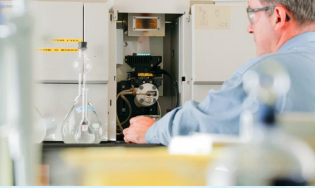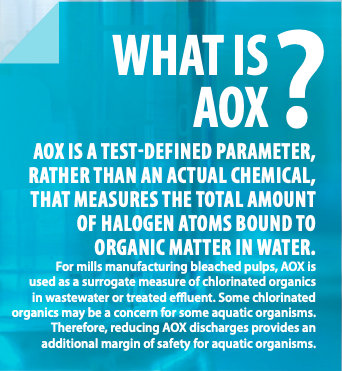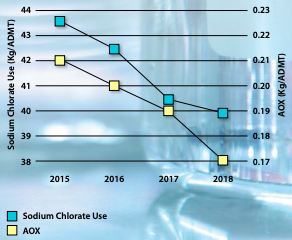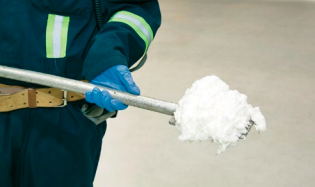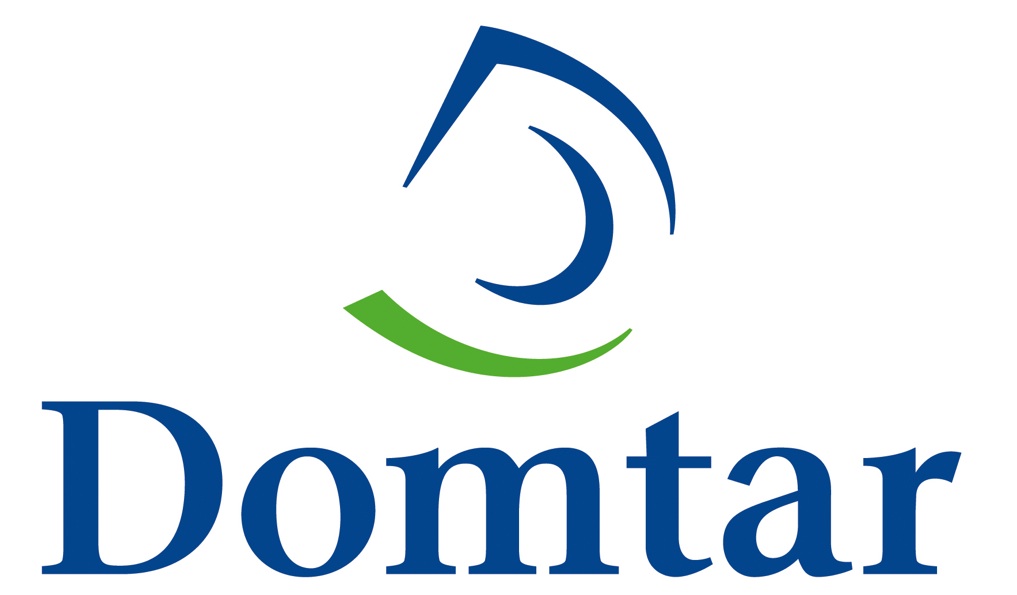Domtar Has The Right Chemistry Between Shareholders and the Planet to Succeed
What do you get when you do well financially and good environmentally? Happy shareholders and a healthier planet.
There’s no shame in admitting that the primary motivation for most of our Continuous Improvement (CI) initiatives is improving our bottom line. In a competitive environment, maximizing our efficiencies and reducing our costs are part of the job. But oftentimes, lowering costs and improving environmental performance go hand in hand – that’s called sustainability.
Several years ago, Domtar embarked on a major CI initiative to reduce bleaching chemical usage in the pulp-making process. Our CI Team and mill operations worked with suppliers to improve our bleaching chemical efficiency and pulp-making processes across our mill system. After much work and fine-tuning, we are now producing the same amount of pulp with less chemicals – an environmental and economic win-win.
HOW DID WE DO IT?
By expanding our data collection capabilities and using real-time data visualization tools, we have gained better insight into our consumption of pulping chemicals. This allows us to track, control, and ultimately reduce variability of the pulp digester and bleach plant processes, and final pulp brightness.
Through these efforts, our mills were able to reduce overall bleaching chemical usage (sodium chlorate, hydrogen peroxide, sodium hydroxide and sulfuric acid) per unit of pulp by over 7 percent since 2015. “The mills did a great job of identifying and capturing opportunities. Each mill team leveraged information from other Domtar mills, suppliers and our Continuous Improvement specialists to achieve these results,” said John O’Donnell, director of fiberline optimization.
To sustain these improvements, Domtar’s fiberline functional team works with the mills to monitor key performance indicators and report the data as part of each mill’s monthly business review. This ensures chemical usage stays front and center with our managers. Within the mill, chemical usage is discussed daily with the operators, who have their hands on the chemical dials. This keeps them actively engaged and questioning how we can further reduce chemical use and process variability.
AND WE GOT MORE THAN WE BARGAINED FOR…
“With greater visibility and control of our processes, we saw another beneficial trend that the chemical cost reduction team had not originally focused on,” said Kathy Collins, director of environment. “Where there were reductions in sodium chlorate usage, we also saw similar reductions in Adsorbable Organic Halide (AOX) discharges in our final wastewater effluent.” Sodium chlorate is used to generate chlorine dioxide at our mills to bleach pulp and make it white. Chemical residuals from the bleaching process are the primary contributor to AOX in a mill’s final effluent.
Since 2015, Domtar has reduced sodium chlorate use 9 percent per ton of pulp, which resulted in cost savings and reducing AOX discharges in our mills’ final effluent by 17 percent over the same period.
Now that’s a win for the wallet and the environment.

